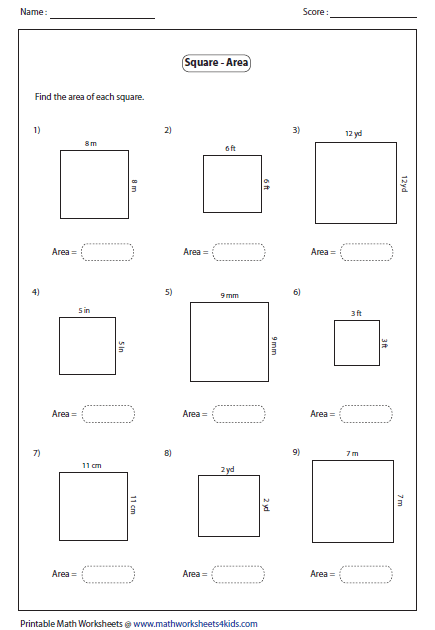Seven Wonders of the Ancient World Model Building Classical Conversations Cycle 1
/To learn more about the seven wonders of the Ancient world we had a model building event. You can find the templates for the models for free online at Delta 7 Studios!
I recommend having glue dots and plenty of good scissors on hand. I had the models printed on card stock to make them sturdier. Each child also had a small box to put their model in to take home, and on top of to display. I got small boxes for free at my local wholesale club.
After we built the models we went outside for some fun!
We measured our street, and marked every 10 feet all the way up the street. We marked how tall each of the seven wonders was. We had to go all the way to the top of the street to get to the top of the great pyramids! My kids helped measure and mark the street before the event started. Their classmates just explored it with us.
Next we had a minute-to-win-it building competition. I picked up a bunch of large boxes for free at my local wholesale club and taped them closed. Two kids competed against each other at a time. Both had a bunch of boxes. They had to see who could make the tallest standing tower in one minute.
For our last game I put one box with each of the wonders written on it around the yard. One person was "it." This person stood in the middle with their eyes closed. While they counted to 20 the rest of the kids went to one of the wonders. Without opening their eyes, the person who is it calls out one of the seven wonders. Whoever is at that wonder is out and has to come to the center. The person who is it does this 3 times to see how many people they can get out.
You can test your knowledge of the Seven Wonders online
http://www.softschools.com/quizzes/social_studies/seven_wonders_of_the_ancient_world/quiz2962.html
http://www.funtrivia.com/html5/index.cfm?qid=65637























































































